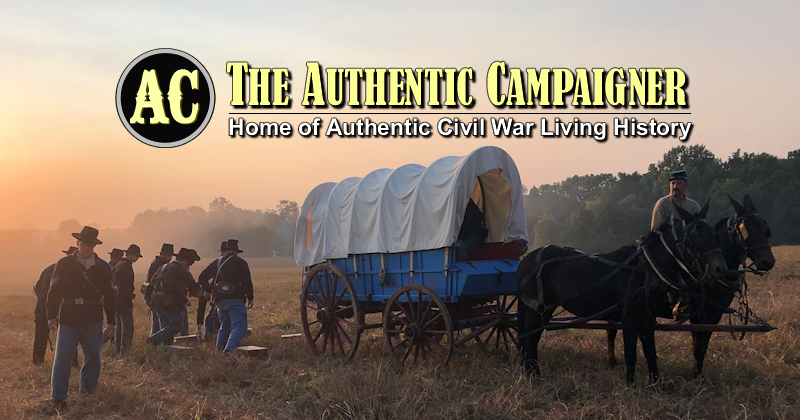Re: The whats in season in what state , at what time of year question
Here's a link which could help : http://www.geocities.com/Texasground...odinSeason.htm
Here's a link which could help : http://www.geocities.com/Texasground...odinSeason.htm








Comment